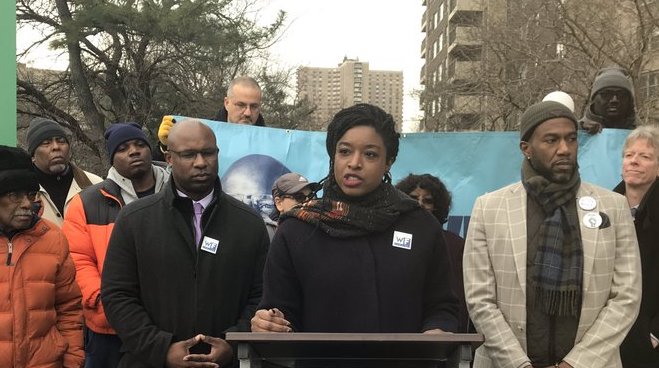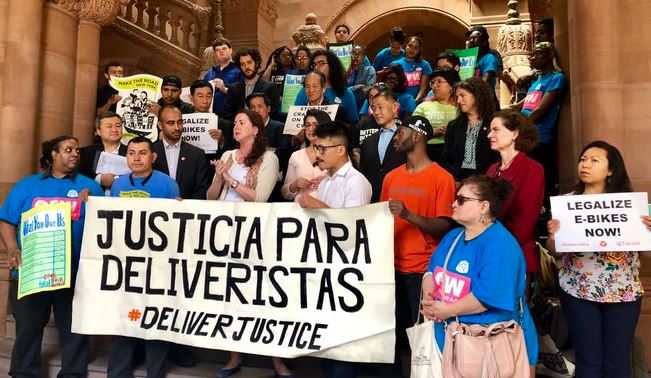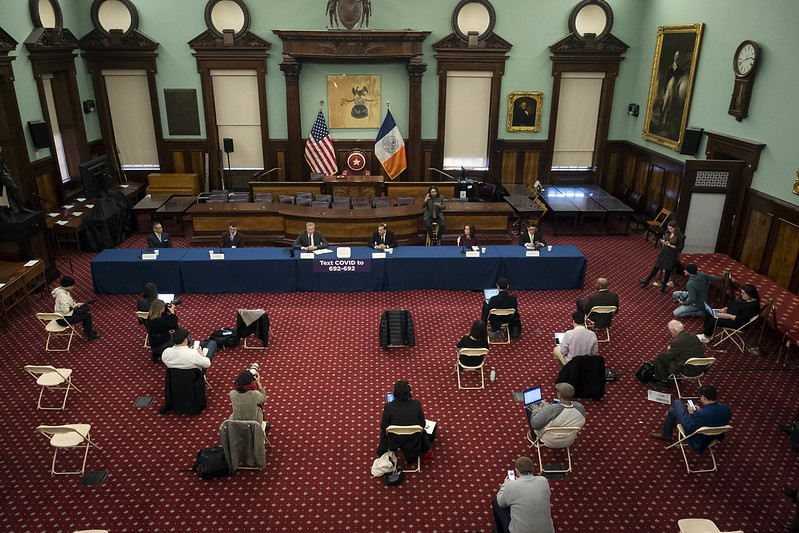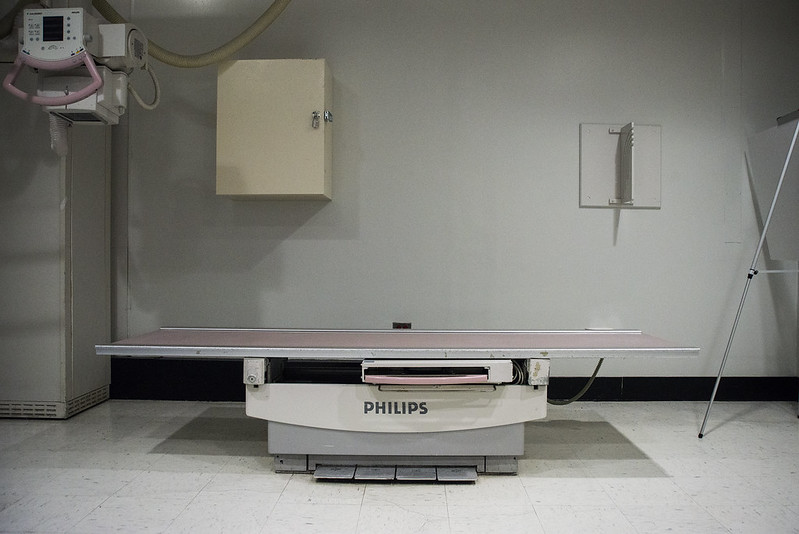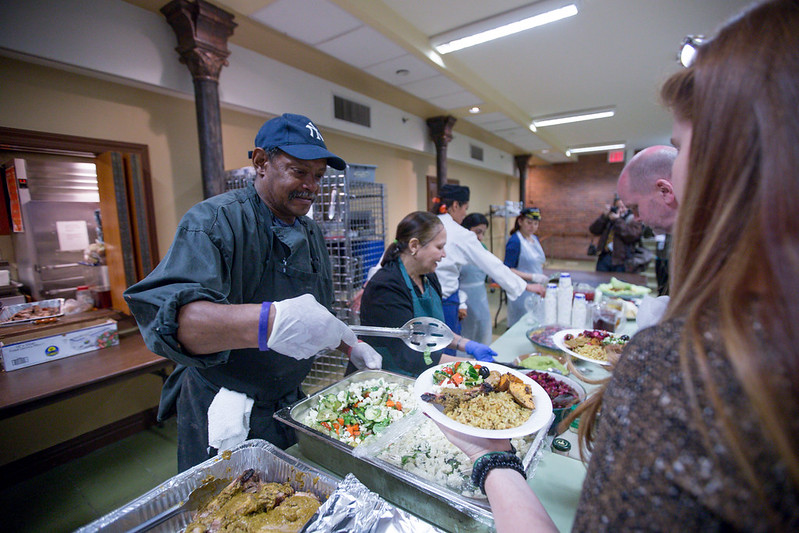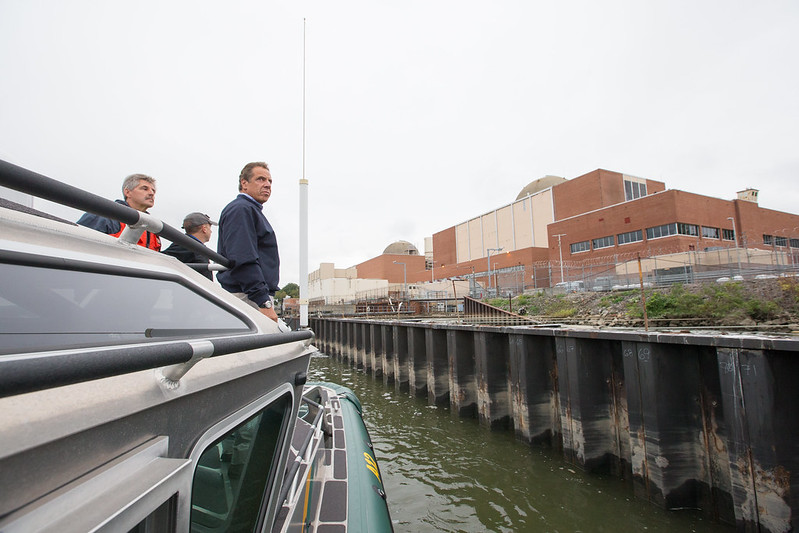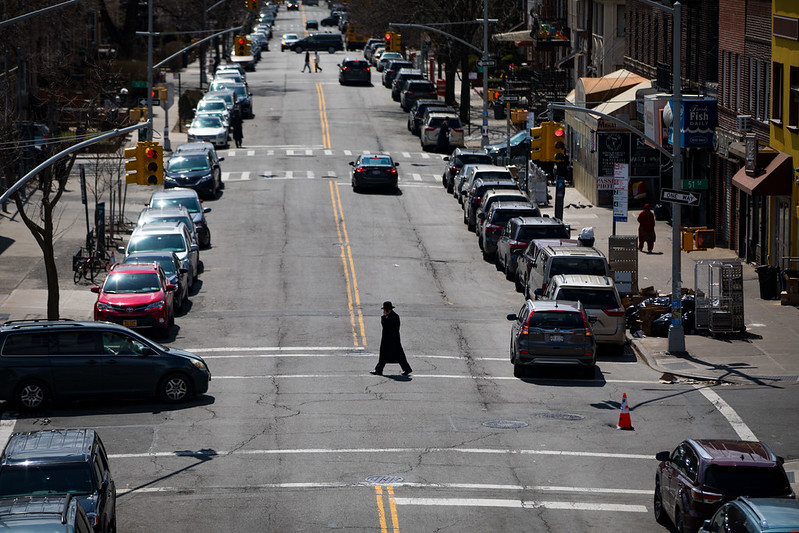
renewable energy and the future of New York power (photo: Mayor's Office)
In a recent Gotham Gazette column, Richard Webster, legal director for Riverkeeper, writes that “New York Has Already Moved Beyond Indian Point Nuclear Power; Here’s Where We’re Headed.” While Riverkeeper, the Westchester-based environmental group that has spearheaded the decades-long push to close Indian Point, may have moved on, the rest of us will be dealing with its fallout, namely its environmental damage – particularly to low-income communities – and the setback to the ambitious climate goals of the state’s Climate Leadership and Community Protection Act.
Citing a deactivation assessment that was published by the New York Independent System Operator (NYISO) after the announced closure in 2017, Webster writes that “New York will have enough replacement power to supplant the aging, problematic nuclear plant’s output once it closes, and it can be done with combinations of clean energy sources, transmission improvements, and energy efficiency,” and he notes in his conclusion that “no new gas plants [are] needed.”
This is simply a misrepresentation of NYISO’s assessment.
Indeed, the reliability criteria was met – but this was only if three additional natural gas plants under construction were included in the study’s base case assumption. In fact, NYISO emphasizes this point by noting that when they “performed a scenario assessment to evaluate the reliability of the system without three major generation facilities currently under construction (Bayonne Energy Center II Uprate, CPV Valley Energy Center, and Cricket Valley Energy Center),” they identified “reliability criteria violation.” And again: “without the expected new generation facilities currently under construction, additional replacement sources of power would be necessary to maintain reliability following deactivation of IPEC [Indian Point Energy Center].”
This should come as no surprise to those who’ve worked on or followed this issue, especially Webster, since deactivation assessment studies for replacing Indian Point commissioned by Riverkeeper in 2012 and 2017 were also predicated on the inclusion of generation from these gas-fired plants. (The potential reliability shortfall from Indian Point’s closure has also been used as a pretext for the controversial Danskammer gas plant in Newburgh.)
Next, Webster reminds “the energy doomsayers” that “Indian Point is one of the most dangerous reactors in the country” and that this risk is why we “must close these reactors.” But this begs the question: “most dangerous reactors” relative to what? Nuclear energy has by far the lowest death rate per kilowatt produced of any energy source. Thirteen people have died in accidents at nuclear power plants in the United States -- ever -- none of which involved exposure to radiation; in comparison, approximately 100 people are killed every year in the United States from oil and gas drilling accidents.
This fear of nuclear catastrophe, relative to the actual risks, is perhaps reminiscent to anyone who lived in New York City since 2001 of the intense (and understandable) fear of terrorism in the aftermath of 9/11, which according to the New York Times “transformed Indian Point from a fringe issue that only antinuclear crusaders care about to a mainstream concern” throughout the tri-state area.
On November 8, 2001, Riverkeeper’s then lead attorney, the celebrity environmentalist Robert F. Kennedy Jr. – perhaps better known (or dreaded) in Albany today as an unofficial leader of the anti-vaccination movement – headed a press conference on the steps of City Hall, warning of the catastrophe that would have resulted “If the American Airlines Flight 11 that flew down the Hudson River had instead of hitting the twin towers in New York, banked left and hit the twin towers of Indian Point.” At Kennedy’s side was his then brother-in-law, an aspiring gubernatorial candidate named Andrew M. Cuomo – who, as a Westchester resident himself at the time, would run on shutting down Indian Point in his subsequent campaigns for Attorney General and then Governor.
There’s a through-line from that press conference at the height of post-9/11 paranoia to the one announcing Indian Point’s closure in 2017 – in which, again, Riverkeeper was at Cuomo’s side. In all that time, the fear of nuclear terrorism was constantly leveraged toward the political demand of shutting down Indian Point. A study that Riverkeeper commissioned in 2007, still on its website today, warns of a multi-stage demolition attack on Indian Point’s containment structure in which “shaped charges could be placed by attackers who reach the target locations by parachute…” followed by “a standoff component in which shaped-charge warheads are delivered from an offsite location by an instrument such as the TOW (tube-launched, optically-tracked, wire guided) missile.”
While this may evoke the imaginations of a Michael Bay blockbuster movie, it’s shaped the reality we live in today – one that will make the state’s ambitious clean energy goals under the Climate Leadership and Community Protection Act (CLCPA) all the more challenging. Indian Point, whose over 2,000 megawatt capacity provides a quarter of New York City’s electricity, is already being replaced by electricity generated from carbon-emitting plants as a consequence of its closure.
While the Governor’s recently-announced offshore wind projects, generating 1,750 MW, offset this setback to some extent, it’s important to keep in mind that this capacity is a function of whether the wind is blowing; wind power has a “capacity factor” of 32.2% relative to 93% for nuclear power.
There’s a tragic irony to Webster’s assertion that the CLCPA will “address fairness and equity for environmental justice communities — those at the greatest risk from potential climate change-related impacts,” as evidence shows that the closure of Indian Point undoes those efforts. A key takeaway of a report prepared for NY-BEST (a subsidiary of NYSERDA) was that “the closure of Indian Point is likely to increase the utilization and emissions from fossil fuel plants -- particularly those located in NYC."
Consider that in Con Edison’s most recent annual statement, since 2017 the company has cut its power purchase agreement from Indian Point by $197 million while increasing its PPA from Astoria Generating Company – whose pollutive, fuel oil-burning power plants in Astoria are located within an environmental justice area – by at least $163 million. And just a couple miles south down “asthma alley,” across Vernon Boulevard from Queensbridge, the city’s largest public housing project, is Ravenswood Generating Station, the city’s largest power plant by capacity. The ratings agency Moody’s recently cited “the expected retirement of the…Indian Point Energy Center” as a “positive development” that will “support the prospect for higher capacity prices” for Ravenwood’s electricity as a result of higher demand.
Politics, as the old adage goes, is about who gets what, when, and how; in other words, it’s about choices. Yes, as Riverkeeper’s 2007 study points out, there is a chance of Al Qaeda commandos paragliding into Westchester County armed with guided missiles, just as there is a chance that once in 125,000 years an earthquake will cause core damage to the Indian Point reactors. But how should these risks be weighed against current realities – for instance, that according to a report from the city’s Department of Health and Mental Hygiene, local emissions from fossil fuel generated electricity contribute to "3,000 deaths, 2,000 hospital admissions for lung and heart conditions, and approximately 6,000 emergency department visits for asthma in children and adults" in the city every year?
Similarly, while Webster points out that closing Indian Point would save the billions of fish and fish larvae killed by its water cooling system, this choice should be weighed against human costs. As the African American Environmentalist Association argued, “How many African American children should suffer from asthma in order to marginally improve the level of fish egg mortality in the Hudson River?”
The optimal political choice, as Leonard Rodberg and Hershel Specter propose, is to have the New York Power Authority operate the Indian Point plants through 2024-2025, as the closure agreement allows – by which point, ideally, a transmission line bringing hydropower from Canada is completed. For advocates of publicly-owned power, this would provide NYPA with carbon-free “baseload” generation, enabling it to compete as a preferable alternative to Con Edison – a far less costly proposition for public power than the current legislation in which the state would acquire Con Edison’s assets via eminent domain.
This would bring us closer to the environmentally-just, carbon-free future envisaged by the CLCPA.
***
Duncan Bryer was formerly the Director of Policy for Brooklyn State Senator Julia Salazar. He currently advises the senator and is a graduate student of economics at John Jay College, City University of New York.
***
Have an op-ed idea or submission for Gotham Gazette? Email This email address is being protected from spambots. You need JavaScript enabled to view it.
